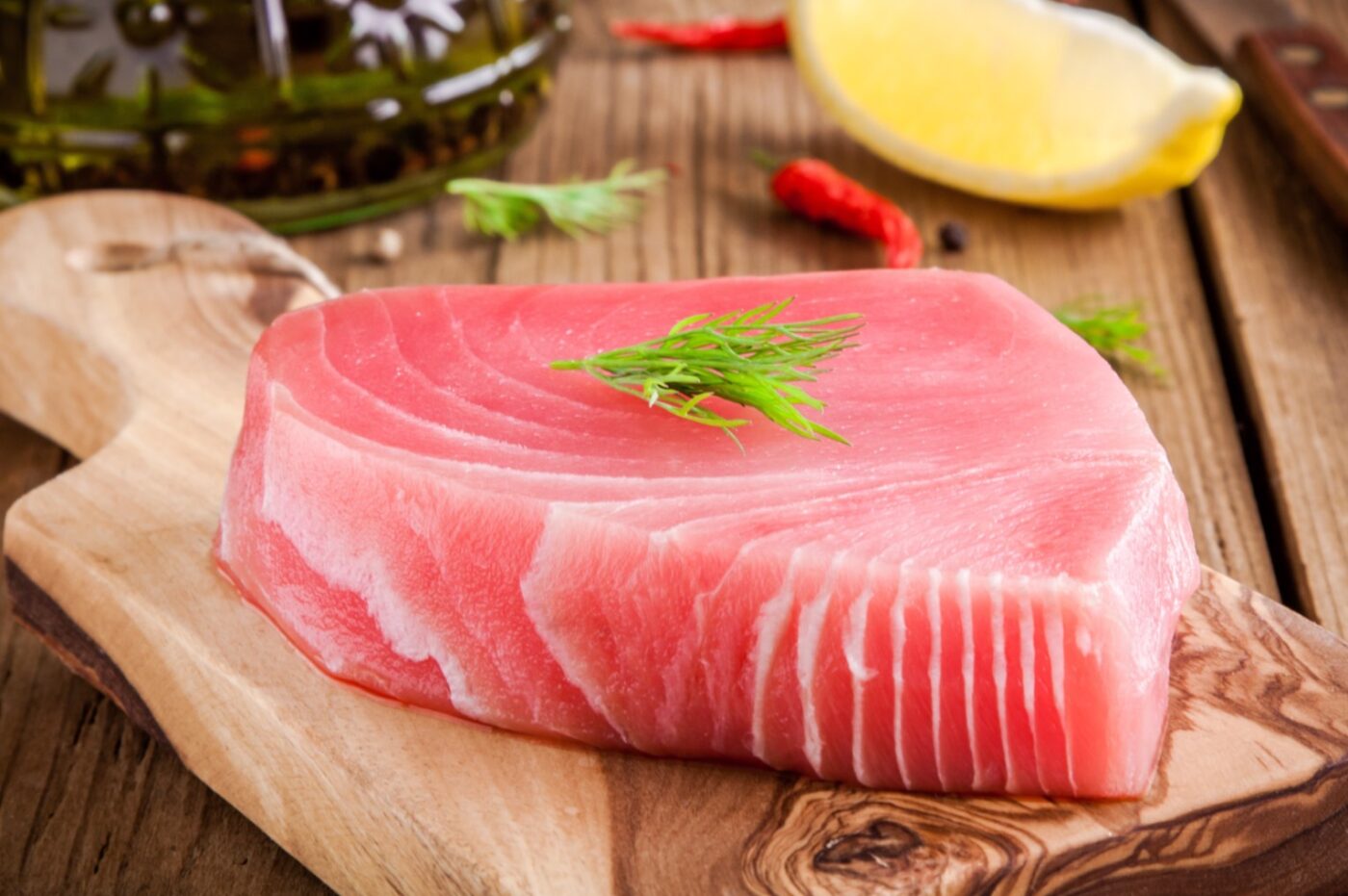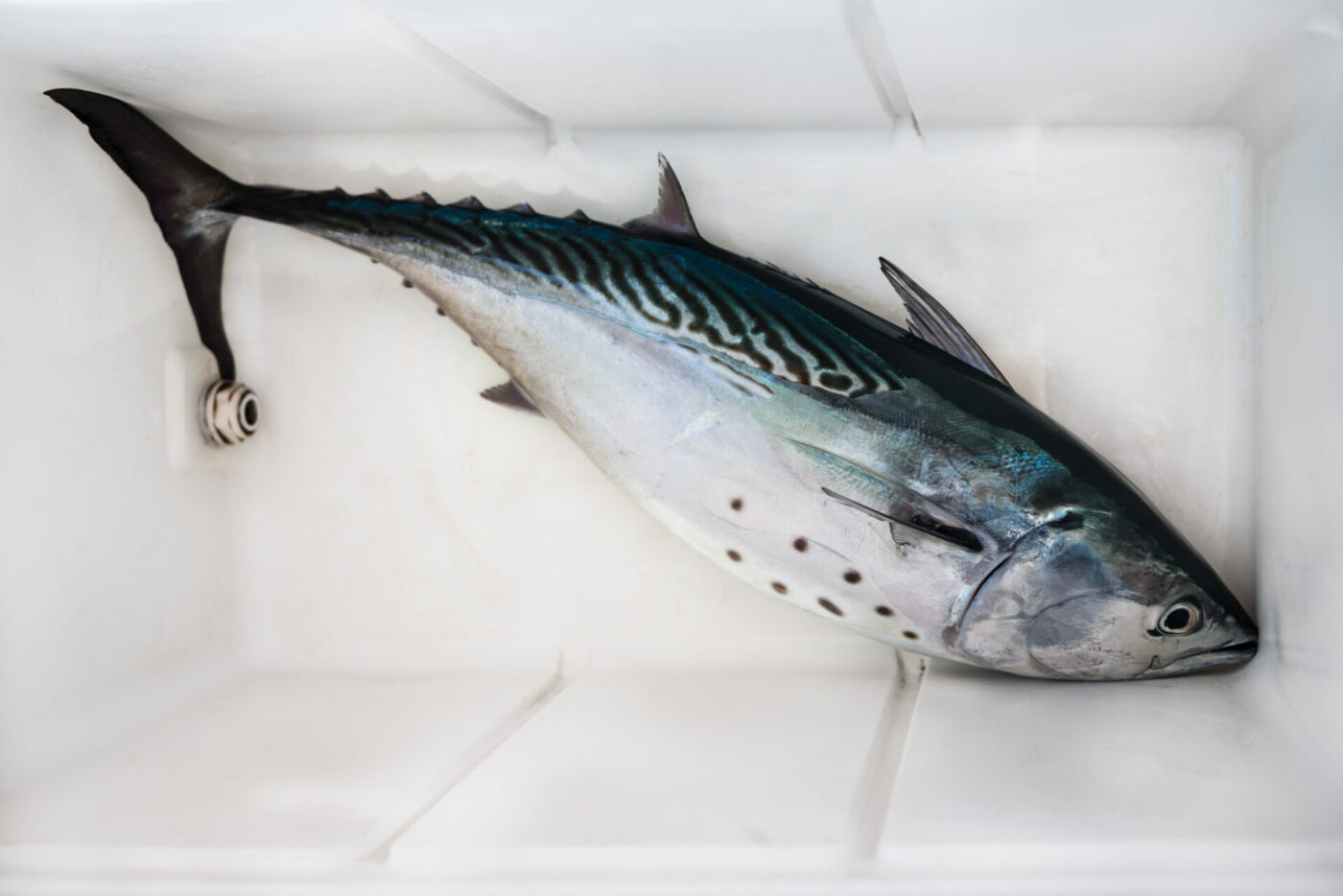Sesame Crusted Ahi Tuna
September 21, 2024Inspired by a Hawaiian honeymoon, this Sesame Crusted Ahi Tuna recipe screams summer and freshness. It is incredibly easy to make and tastes absolutely delicious. The perfect centerpiece for a light meal, it pairs wonderfully with a simple side salad for a quick and elegant dish that brings a taste of the islands to your kitchen.



Comments